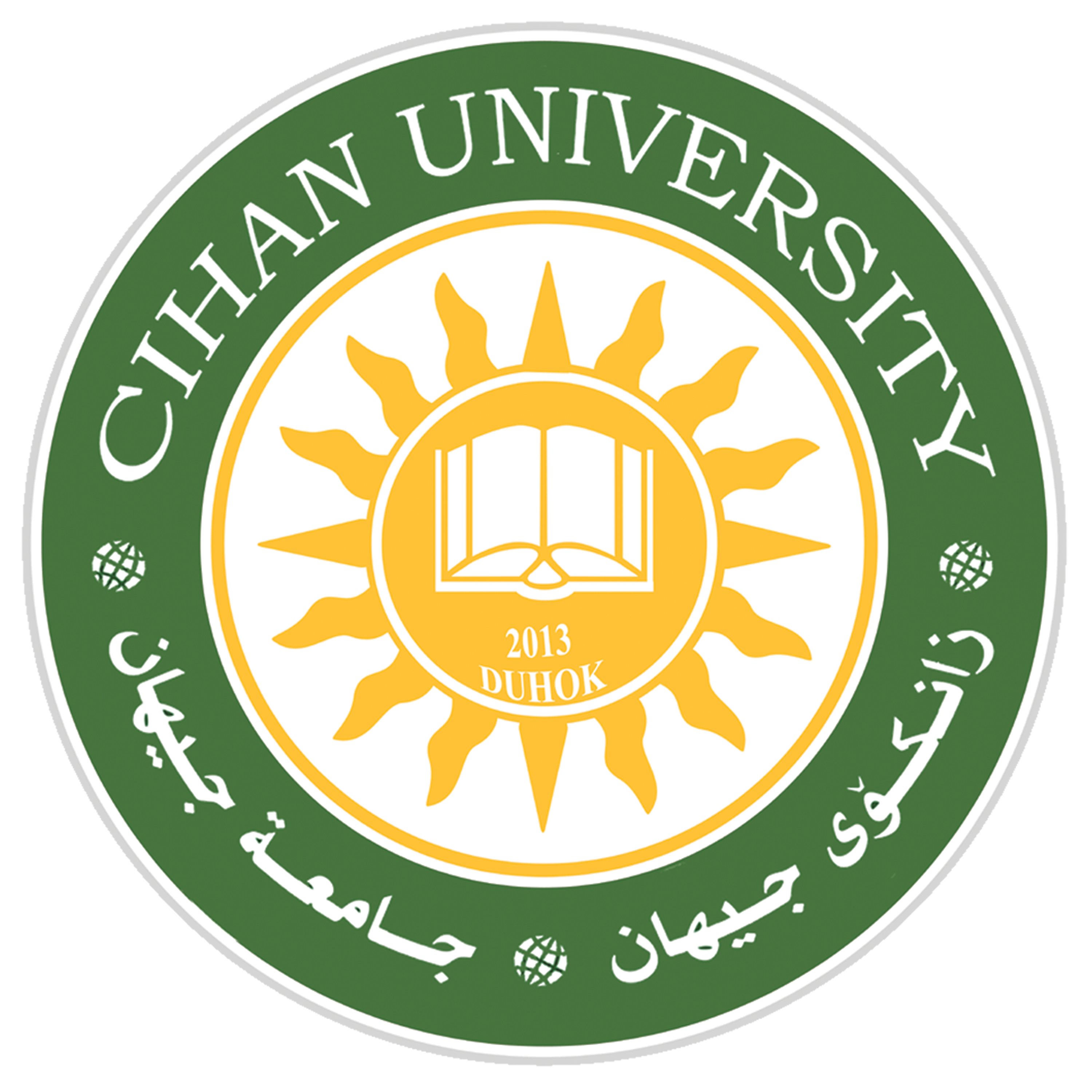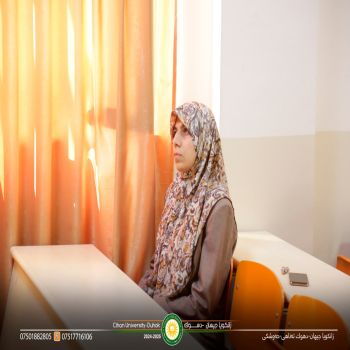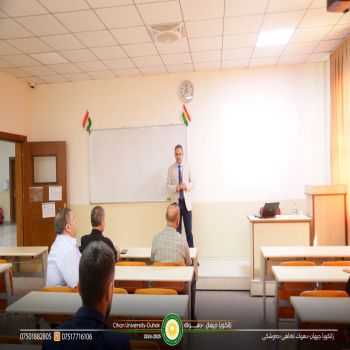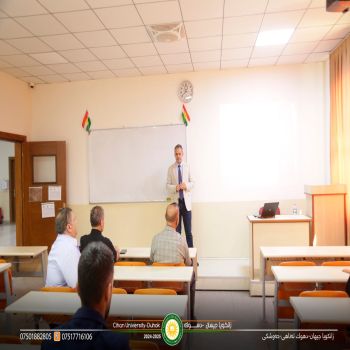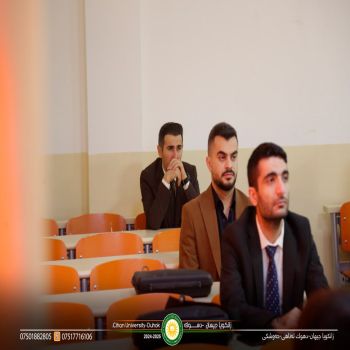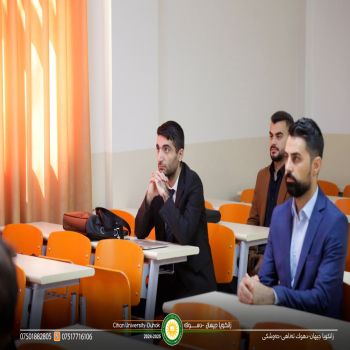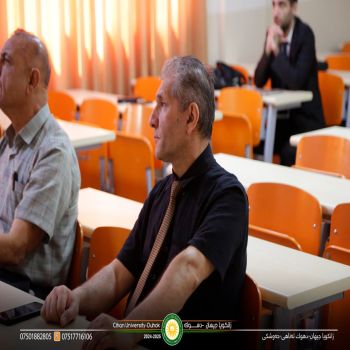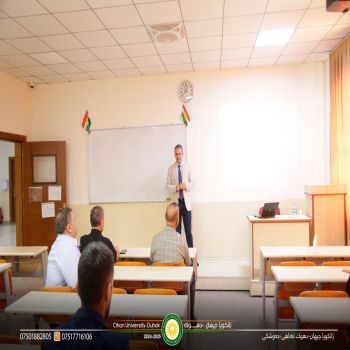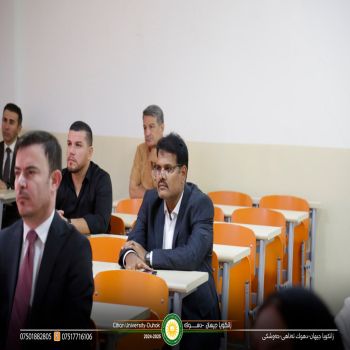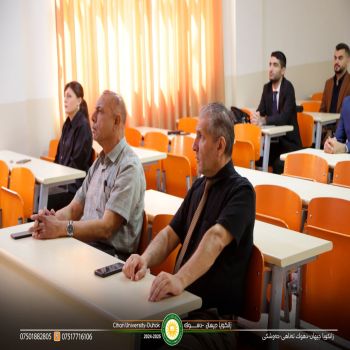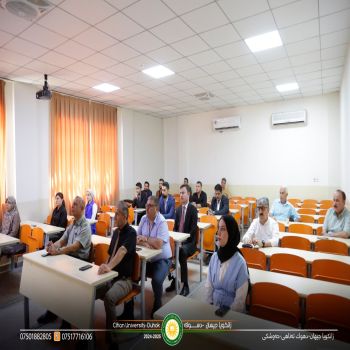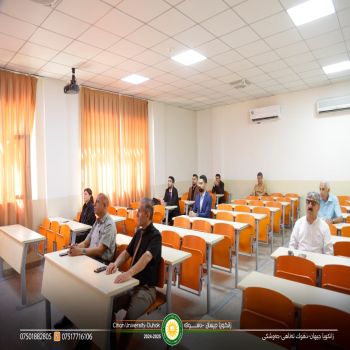A Symposium entitled: Towards a new Arabic theory in translating the meanings of the Glorious Qur’an

on (Jun 17, 2025) in the presence of the head of departments and lecturer a symposium entitled (Towards a new Arabic theory in translating the meanings of the Glorious Qur’an), was presented by (Dr. Ahmad Abdulkareem SHABAN) from the General Education department , Where it has been explained about, Generally, Domestication and foreignization are important techniques in translation process. Pragmatically, the two techniques have been employed in literary and religious studies. Therefore, the new translation of the Glorious Qur’an is in need for those two techniques to render the divine content of Qur’an into the other languages. They should be employed in a path guarantees the semantic, phonetic and divine features in the target languages. This study focuses on deriving new two techniques of domestication and foreignization. However, they will be benefiting to render the divine content of the Glorious Qur’an into the other languages. Yet, they are: the emphasizing Qur’anic foreignization and the Arabic domestication. The first is adopting rendering the divine content of the Glorious Qur’an in a way preserves on the semantic and phonetic features. The second is focusing on adopting the Arabic domestication through rendering the divine content according to the culture and environment of Makkah and Al-Madinah. The suggested Theory of the study will assist in obtaining many advantages. The Most important are: revelation • Concentrating the divine discourse in the translation of the target languages. • Strengthening and the wide spreading of the Arabic language through the employing of the two techniques. • Works as resistance against the traditional theories and strategies which have approved its weakness in rendering the Qur’anic discourse into the other languages. • Preserving on the Islamic Arabic culture and making it seen by the world., At the end of the symposium a set of questions and answers were raised on this subject and After completing all parts of the study, we have obtained on important findings strengthen the suggested Qur’anic translation strategy, they are: 1. The Qur’anic discourse as a divine discourse, differs from other heavenly books such as Bible and Torah, so the foreign techniques and theories, which are applicable with Bible and Torah are not mandatory to be followed in translating the meanings of the Holy Qur’an. 2. The Foreignization and the domestication as a technique have been employed in translating the literary works and religion books such as Bible in Christianity, it can be employed in translating the holy Qur’an, if it has amended towards the divine qur’anic discourse and the Arabic culture in the time of revelation. 3. The domestication doesn’t mean the culture of the target language, but it should be embodied in the culture of Makkah and Al-Madinah, which the Holy Qur’an had descended into the prophet Muhammad peace be upon him inside its districts at that time. 4. The Qur’anic foreignization should be emphasized, and conveyed the linguistic, semantic and phonetic features into the recipients of the target language. 5. The foreigners who want to learn and understand the Holy Qur’an correctly, have two paths to that: First, learning the Arabic language in order to read and understand the Holy Qur’an in its mother tongue. Second, it is the duty of the Arab Islamic scholars to create a new theory or strategy, specialized only in translating the Qur’anic discourse, and it is more suitable from the existed theories. 6. The Qur’anic Translation strategy in its two wings strengthens the Arabic language against the other languages, and protects the Qur’anic discourse from distortion and ambiguity, which were occurring on it in the previous translation in the past. 7. The emphasized Qur’anic foreignization employs the techniques of borrowing, calque, literal translation of Vinay and Darblenet, and formal equivalence of Nida. While, the Arabic domestication employes the dynamic equivalence of Nida, transposition, modulation and adaptation and borrowing of Vinay and Darblenet.
